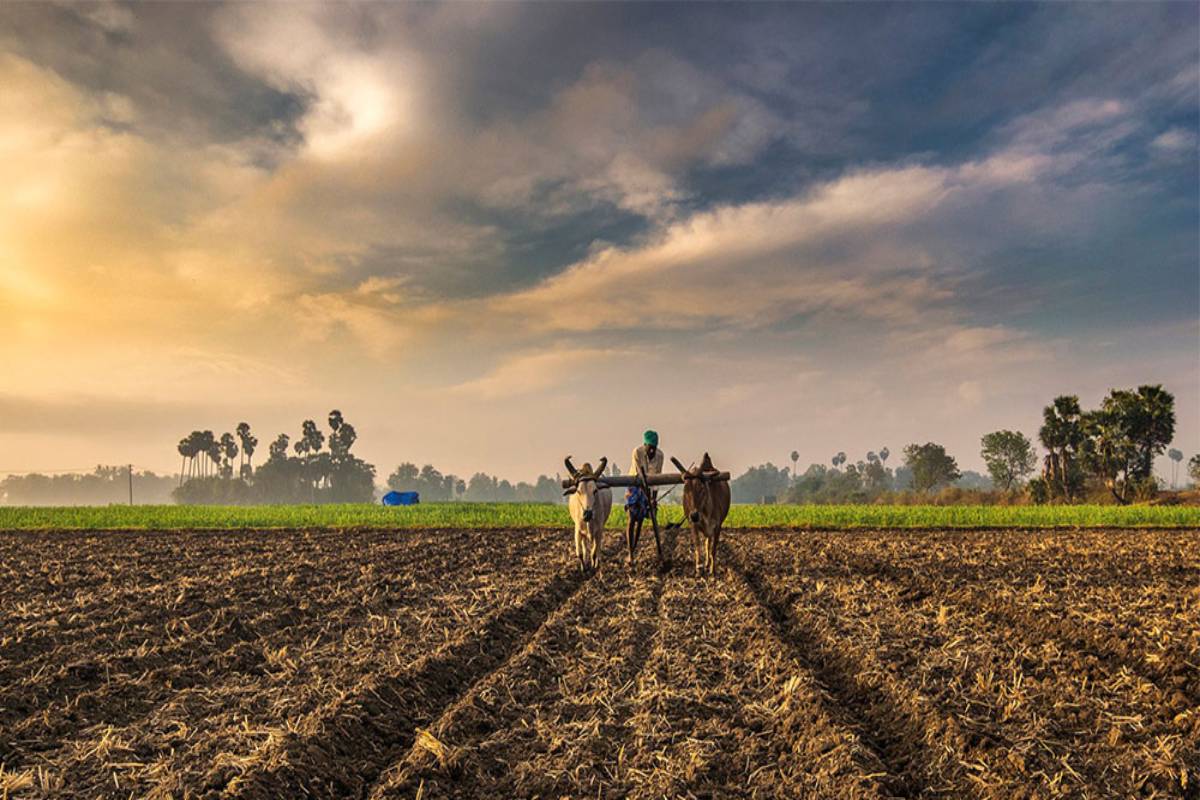Odisha cop killed while defusing explosives
A police Havildar was killed on Friday while defusing explosive substances near Kathajodi river bank on the outskirts of Cuttack city, a senior police official said.
It is pertinent to note here around 75 per cent of the population in the State takes up farming activity with paddy being the principal crop grown here.

Representation image farmer [File photos]
As it is election time, the parties, as it seems, have begun to remember the highly ‘marginalized’ farmers in Odisha, where agriculture yield remains the principal source of income.
It is pertinent to note here around 75 per cent of the population in the State takes up farming activity with paddy being the principal crop grown here.
The campaign trail has reached a crescendo with candidates sweating it out in the heat and humidity to drum up last-minute support in their favour ahead of the second phase of simultaneous Lok Sabha and Assembly polls. The farming community, which constitutes a sizable bulk of voters, is being promised the moon with the plight of farmers’ remaining firmly on politicians’ lips.
Advertisement
Despite the State government’s claim of improving a lot in the agrarian sector with a separate budget for agriculture and cash incentives to farmers under the (Krushak Assistance for Livelihood and Income Augmentation)KALIA scheme, the farming communities in Odisha languish among the poorest in the country as far as monthly income is concerned.
The farming communities in Odisha languish as the second poorest in the country as far as monthly income is concerned. The farmer family income in Odisha has increased by a meagre 2.73 per cent in 2019 as compared to 2013. The average monthly income of Jharkhand’s farmers at Rs 4,895 is the lowest in the country while farmers in Odisha earn a monthly average of Rs 5,112, the second lowest in the country as per the National Sample Survey Office (NSSO) report.
Majority of farmers in the coastal State, who most bear the brunt of crop loss, distress sale of their agro produce are cynical of parties’ sudden show of concern towards farming communities.
Despite the dismal NSSO report, the ruling BJD in power in the State for 24 years claimed to have doubled farmers’ incomes in the poll manifesto.
The BJD manifesto-2024 claimed that “Odisha is the only state to have doubled farmer incomes in the country. Odisha will continue to be the number one state in increasing farmers income in the country in the next 10 years”.
BJD manifesto-2024 focused on the entire ecosystem of agriculture, including irrigation coverage, modern technology driven extension services, agricultural marketing, higher crop productivity to empower the farmers. The regional party promised to strengthen farmers with continuous support under KALIA Yojana, interest free loans up to Rs 1.5 lakh, free electricity for the irrigation pumps, near universal crop insurance with increased coverage.
The BJP on the other hand in its manifesto promised to pay Rs 3,100 per quintal of paddy and free electricity to farmers if it comes to power in Odisha.
The Congress, in its manifesto, promised to waive loans of farmers, strengthen the irrigation network and bring out cold storage facilities for agro produce.
“It’s election season. Politicians remember us as our votes count a lot in deciding their fate. We are blissfully forgotten for five years. None is bothered to ameliorate our plight. The canal water does not reach the agriculture fields at the tail-end. Cold storage system is non-existent. Often, we do not get the minimum support price of the entire produced paddy”, said Arakhita BIswal, a small and marginal farmer with an acre of cropland, from Bharatpur village in Kendrapara district.
The BJD government has extended KALIA fiscal assistance to the small and marginal farmers, sharecroppers, landless agricultural labourers and farmers in distress with financial assistance of Rs 2,000 twice each year. Similarly, the Central scheme (PM-Kisan) offers Rs 6,000 per annum to small and marginal farmers. But, the hard-pressed farmers are of the view that “the amount is too meagre to compensate for the rising cost of agriculture activity”.
Advertisement